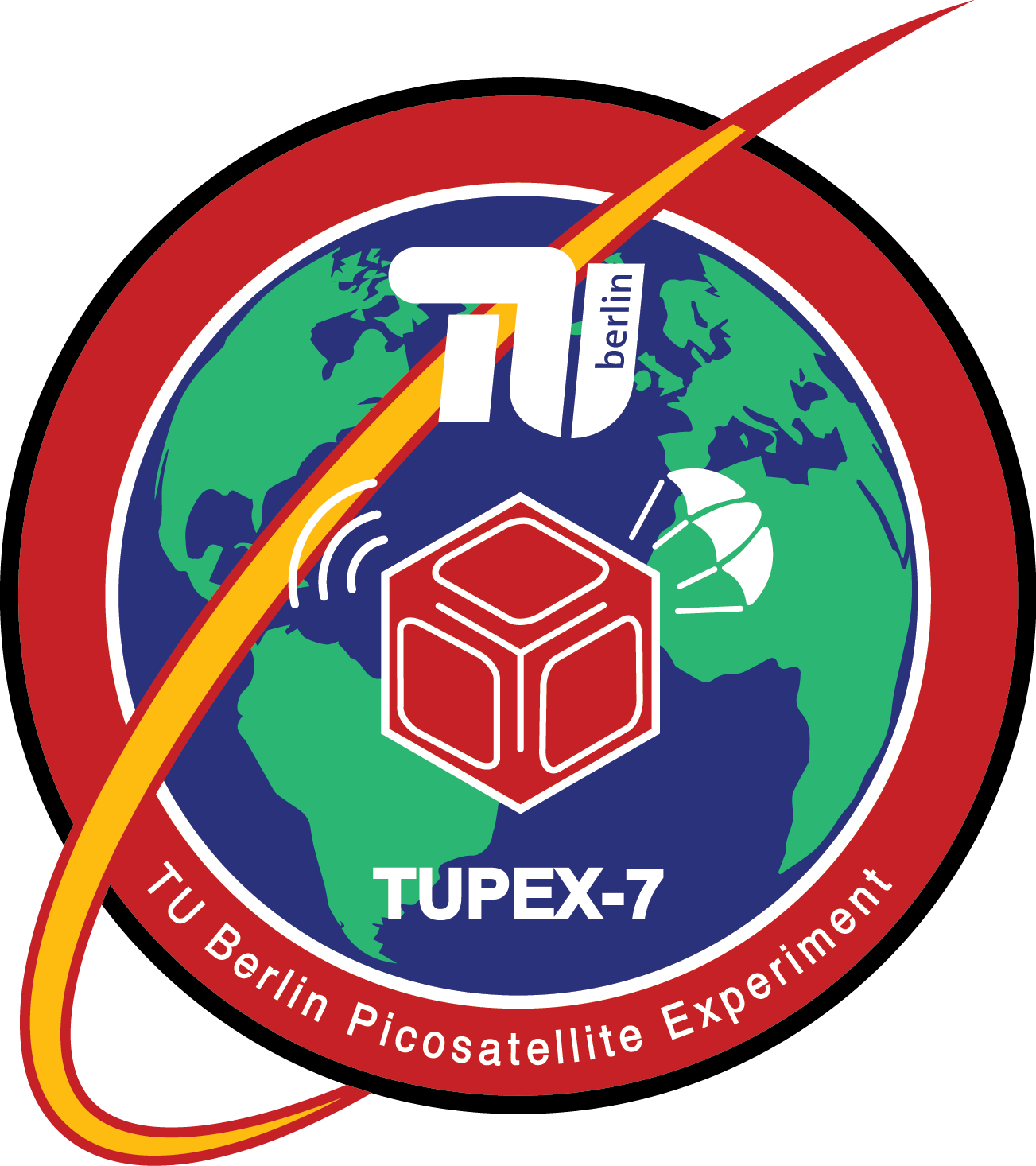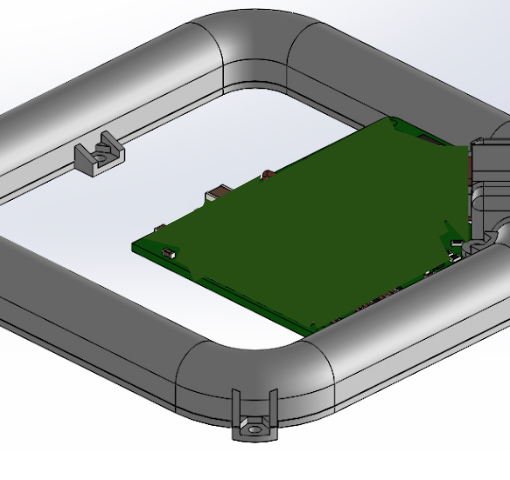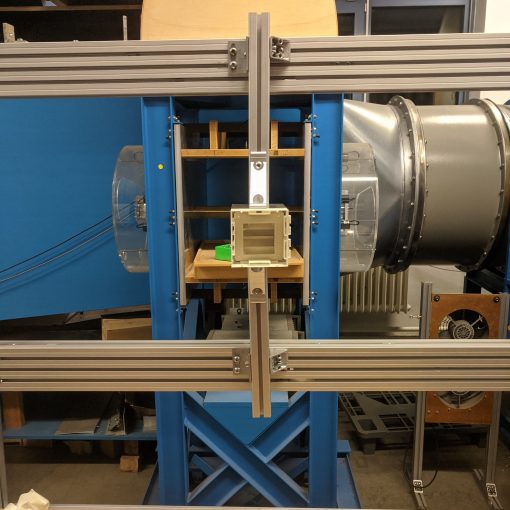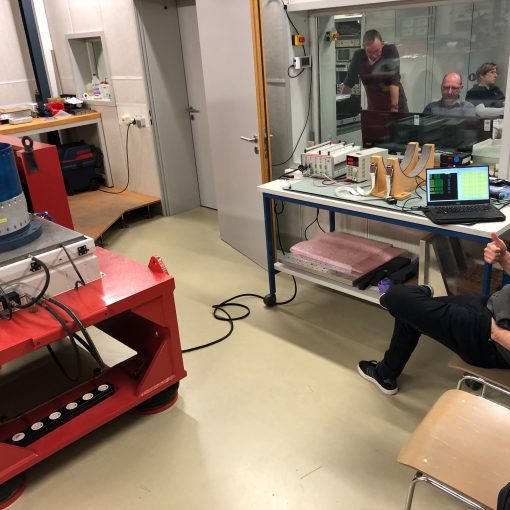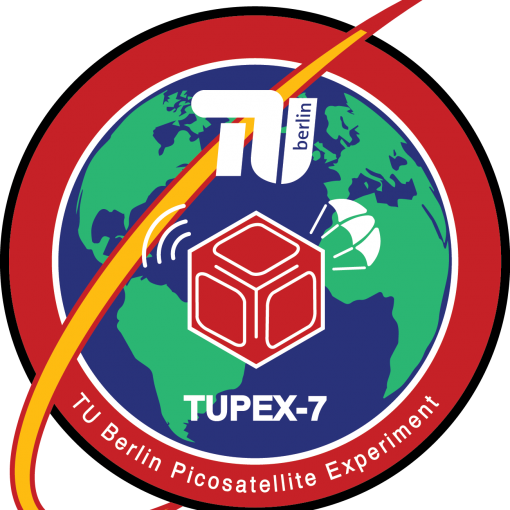 The research of TUPEX-7 project advisor Sebastian Grau has yielded design guidelines for Highly-Integrated Side Panels (HISPs) incorporating components comprising the ADCS, the Communications System (COMMS), the Electric Power System (EPS), and the Structures and Mechanisms Subsystem (SMS). A HISP can contain solar cells, radio antennae, sun sensors, gyroscopes, magnetometers, pFDAs, and magnetorquers, as well as a local microcontroller which processes attitude control commands from the satellite bus and fuses the sensor measurements to output attitude determination data.
The research of TUPEX-7 project advisor Sebastian Grau has yielded design guidelines for Highly-Integrated Side Panels (HISPs) incorporating components comprising the ADCS, the Communications System (COMMS), the Electric Power System (EPS), and the Structures and Mechanisms Subsystem (SMS). A HISP can contain solar cells, radio antennae, sun sensors, gyroscopes, magnetometers, pFDAs, and magnetorquers, as well as a local microcontroller which processes attitude control commands from the satellite bus and fuses the sensor measurements to output attitude determination data.
Given that not all of these components are required for every application, three separate configurations have been defined: Basic, Enhanced Control, and Communication and Enhanced Control.
The Basic version does not include the pFDA or the solar antenna, and allows for two large solar cells on the front panel. The Enchanced Control version integrates only the pFDA with the basic version of the panel. Finally, the Communication and Enhanced Control version integrates both the solar antenna and the pFDA on the panel.
Using the TUPEX-7 system as an example, three Enhanced Control and two Basic (without solar panels) HISPs are integrated, with the remaining panel of the cuboid structure being used as a lid that will be release upon deployment of the recovery parachute.
A depiction of a model of a TUPEX-7 Enhanced Control HISP (with pFDA electronics redacted) is shown above. By coalescing these subsystems, Grau states that an unprecedented payload-to-volume ratio of up to 60% can be achieved. Traditional 1U CubeSat buses have less than 30% payload-to-volume ratio.
